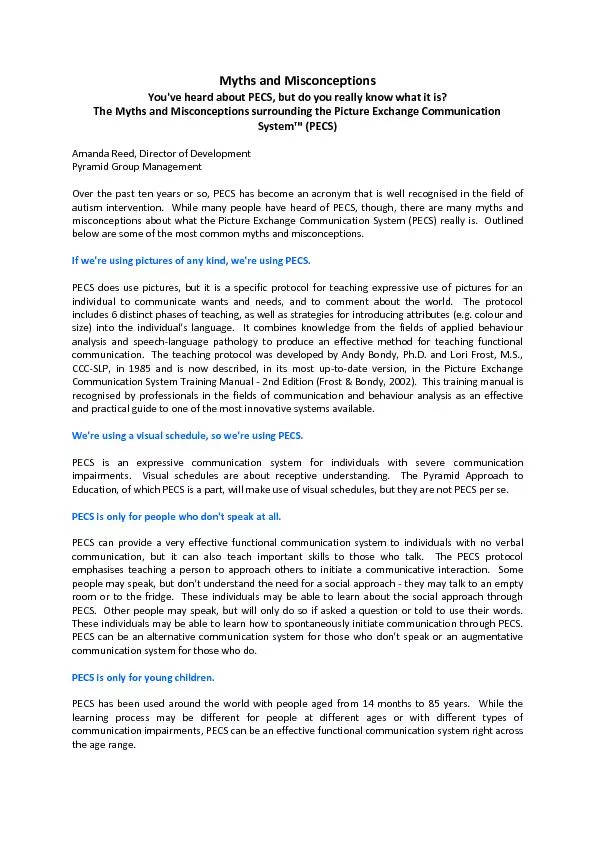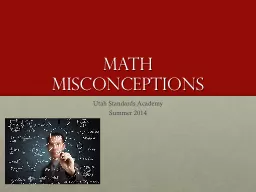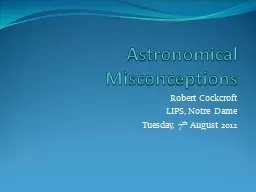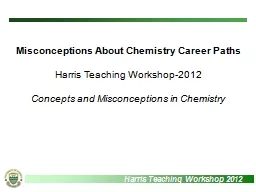PDF-Myths and Misconceptions
Author : luanne-stotts | Published Date : 2016-06-27
Youve heard about PECS but do you really know what it is The Myths and Misconceptions surrounding the Picture Exchange Communication System x2122 PECS Amanda Reed
Presentation Embed Code
Download Presentation
Download Presentation The PPT/PDF document "Myths and Misconceptions" is the property of its rightful owner. Permission is granted to download and print the materials on this website for personal, non-commercial use only, and to display it on your personal computer provided you do not modify the materials and that you retain all copyright notices contained in the materials. By downloading content from our website, you accept the terms of this agreement.
Myths and Misconceptions: Transcript
Download Rules Of Document
"Myths and Misconceptions"The content belongs to its owner. You may download and print it for personal use, without modification, and keep all copyright notices. By downloading, you agree to these terms.
Related Documents














